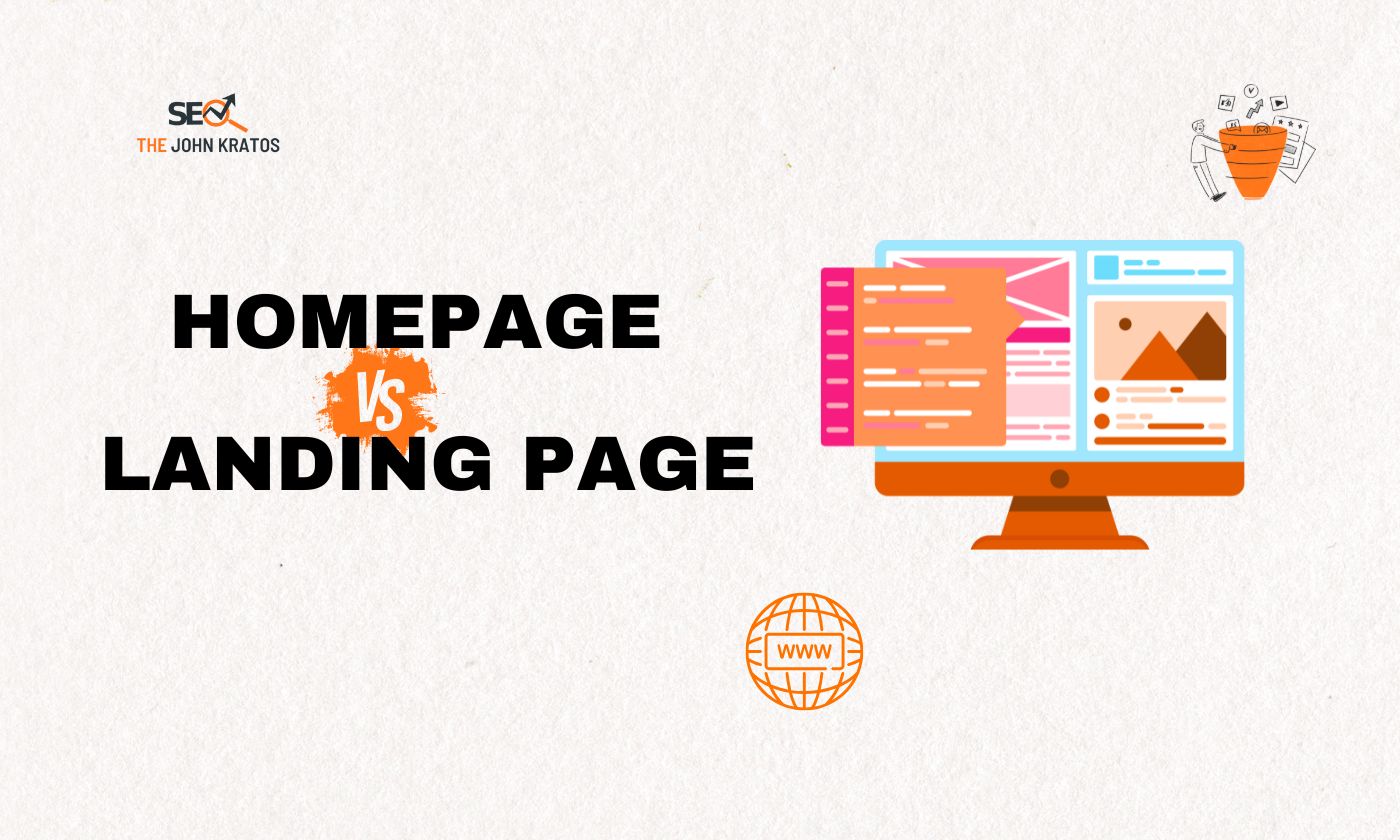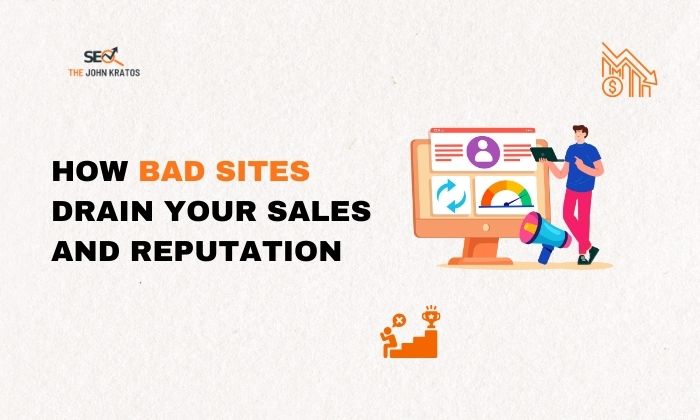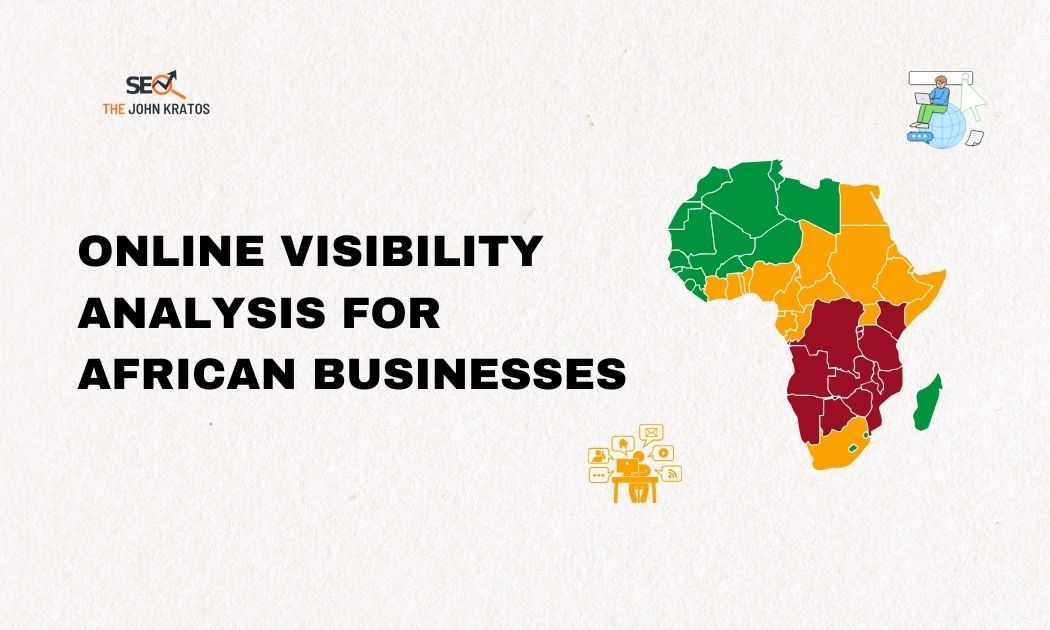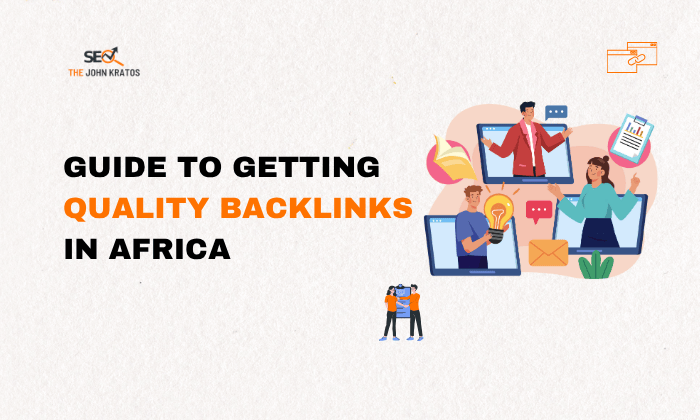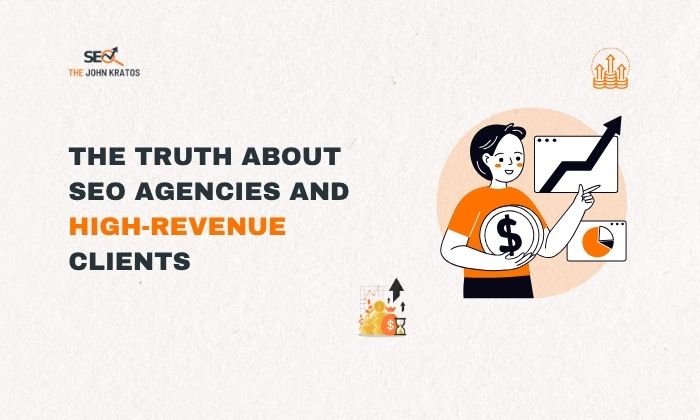When a potential client lands on your website, you have less than 7 seconds to make a good impression. That’s not just a design fact it’s a business reality. The cost of poor web design isn’t about fonts or colors. It’s about the real money you lose, the trust you break, and the growth you kill because your website doesn’t work the way it should.
For many African brands and even global startups, a website is the first handshake with the world. If that handshake feels weak, sloppy, or confusing, your competitors win before you even get a chance to speak.
And here’s the truth: bad websites drain sales, damage reputations, and kill conversions quietly but consistently.
Key Takeaways
- Poor web design destroys trust. 75% of users judge your credibility by design alone.
- Every second of delay or confusion on your site equals lost conversions and sales.
- Search engines punish bad design, burying you below competitors with cleaner, faster sites.
- Marketing money is wasted if your website leaks visitors instead of converting them.
- A conversion-focused redesign pays for itself by protecting long-term growth.
Table of Contents
1. Loss of Credibility and Trust
Think about the last time you visited a website that looked outdated, had broken links, or loaded too slowly. Did you trust that business? Probably not.
A Stanford University study found that 75% of users judge a company’s credibility based on website design. That means before they read your words or look at your offers, they’ve already decided whether you are trustworthy.
“Design is not just what it looks like and feels like. Design is how it works.” – Steve Jobs, Apple co-founder, in his 2003 New York Times interview.
Scenario suggestion: Imagine a law firm in Lagos investing in radio ads. When prospects search their name, they land on a poorly structured website with blurry logos and broken contact forms. Even if the firm is competent, visitors will assume the opposite — and click away.
2. Loss of Sales and Conversions
The cost of poor web design becomes painfully clear in missed sales. You may be getting traffic, but if visitors aren’t taking action, the site is failing.
According to HubSpot, a one-second delay in page load can reduce conversions by 7%.
Scenario suggestion: Picture an online store in Johannesburg running Facebook ads that bring in 10,000 visitors. If the checkout process is clunky or the mobile view is broken, a large portion of those visitors will abandon their carts — even if the product is good.
Your website should work as a conversion engine, not just a digital brochure. That’s why I focus on SEO services to bring qualified traffic and conversion-focused web design to turn that traffic into paying clients.
3. Loss of Visibility on Search Engines
Search engines care about user experience. If your design is poor, your SEO suffers. Google measures things like mobile friendliness, speed, and navigation to decide whether to rank your site or bury it.
- 53% of mobile users leave a page that takes longer than 3 seconds to load (Google research, Think with Google).
- Poor design often means weak site structure, broken links, and missing metadata.
“Google only loves you when everyone else loves you first.” – Wendy Piersall, entrepreneur, 2007 BlogHer Conference.
Scenario suggestion: A Nigerian startup launches a fintech platform. Their website looks sleek but is not optimized for mobile. Google lowers their ranking because users bounce quickly. As a result, even with strong SEO keywords, they remain invisible on search engines.
4. Loss of Marketing Investment
Every dollar spent on ads, social media, or content is wasted if your website can’t hold attention or convert.
Scenario suggestion: A coach in Cape Town spends $2,000 monthly on Instagram ads. Her ads generate clicks, but her website has no clear call-to-action and confusing navigation. Instead of generating leads, her ad budget evaporates.
Poor web design turns your marketing budget into water poured into a leaking bucket. You’re fueling traffic but losing the value at the very last step.
5. Loss of Long-Term Growth
The final and most dangerous cost of poor web design is lost opportunity. Growth is not just about today’s sales. It’s about building brand equity, repeat customers, and referrals.
A broken or confusing site kills long-term trust. People don’t come back. They don’t recommend you. They forget you.
Scenario suggestion: Think of a startup in Accra with a promising product. Their launch hype attracts attention, but their slow, outdated site frustrates early customers. Instead of building momentum, they lose early adopters and long-term growth stalls.
On the other hand, a website built with conversion rate optimization becomes an asset that grows with you. It scales, adapts, and keeps turning attention into revenue.
Final Thoughts: Poor Web Designs Cost
The cost of poor web design is not about design fees. It’s about the credibility, sales, visibility, marketing, and long-term growth you lose every single day your website underperforms.
You don’t need a pretty site. You need a conversion-focused website that brings measurable results. Combine that with SEO services and ongoing conversion rate optimization, and your website stops being a liability and becomes your most powerful business tool.
If you’ve been stuck with a website that doesn’t deliver, it’s time to make a choice. Don’t keep pouring money into ads or content only to lose it at the finish line. Work with an expert who focuses on results, not hype.
What You Can Do Next
Take a moment and look at your current website with honest eyes.
- Is it bringing you leads?
- Is it converting visitors into sales?
- Or is it silently costing you money every single day?
If your answers raise doubts, that’s already your signal. Improving your site may be the most valuable decision you make this year. And if you’d like a practical, results-driven review of your website and SEO strategy, you can always reach out to TheJohnKratos.
Sometimes, clarity begins with one honest conversation.


